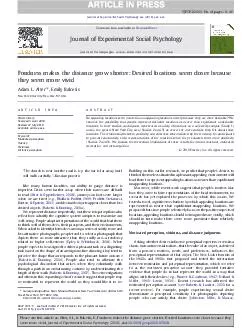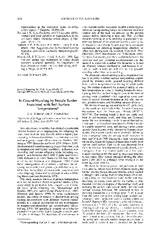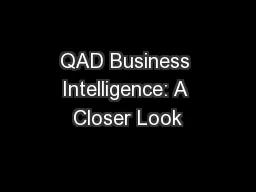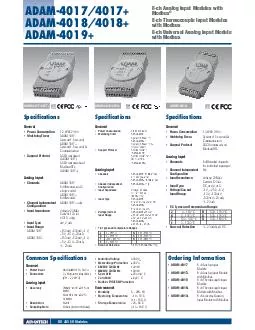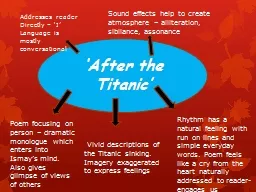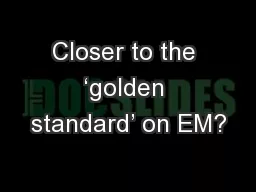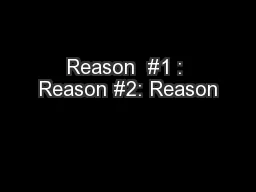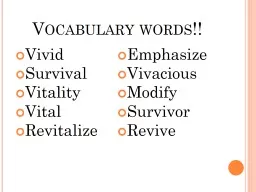PDF-Fondness makes the distance grow shorter Desired locations seem closer because they seem
Author : phoebe-click | Published Date : 2014-11-29
Alter Emily Balcetis New York University New York NY USA abstract article info Article history Received 3 April 2010 Revised 22 July 2010 Available online xxxx Keywords
Presentation Embed Code
Download Presentation
Download Presentation The PPT/PDF document "Fondness makes the distance grow shorter..." is the property of its rightful owner. Permission is granted to download and print the materials on this website for personal, non-commercial use only, and to display it on your personal computer provided you do not modify the materials and that you retain all copyright notices contained in the materials. By downloading content from our website, you accept the terms of this agreement.
Fondness makes the distance grow shorter Desired locations seem closer because they seem: Transcript
Download Rules Of Document
"Fondness makes the distance grow shorter Desired locations seem closer because they seem"The content belongs to its owner. You may download and print it for personal use, without modification, and keep all copyright notices. By downloading, you agree to these terms.
Related Documents

